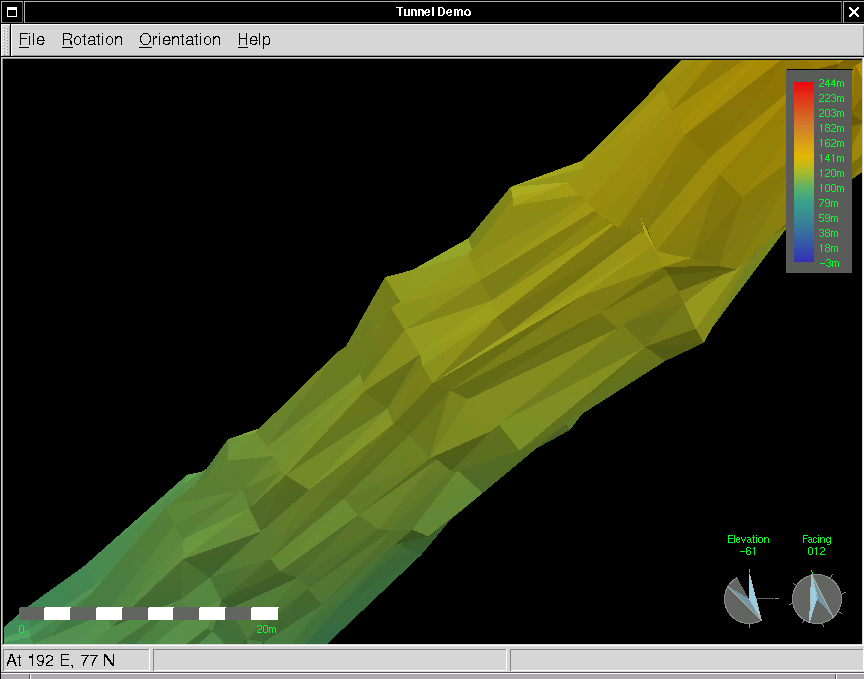Hi,
I have thought about modelling passages based on splays, but haven't seen many surveys with a high density of splays, but it is certainly worth investigating with more 'point cloud' type surveys being made.
One problem is there is not a definitive mechanism for determining the correct shape only best guesses can be made, so it will take a bit of experimentation to get something workable, and some decent samples - the best example I have to hand is for the Titan shaft. Any pointers to useful literature welcome.


Hi
I noticed that there is an option to display walls, from both 3D and LOX, but only for LRUD data. Is there a feature to display splay walls, or do you plan to add one?
I don't mean the wall generation that Loch does based on the scraps, but a wall model based on any number of splays from the stations. I think it is getting much more relevant with the advance of the Disto-style surveying, compared to the traditional LRUD :)
Thanks.